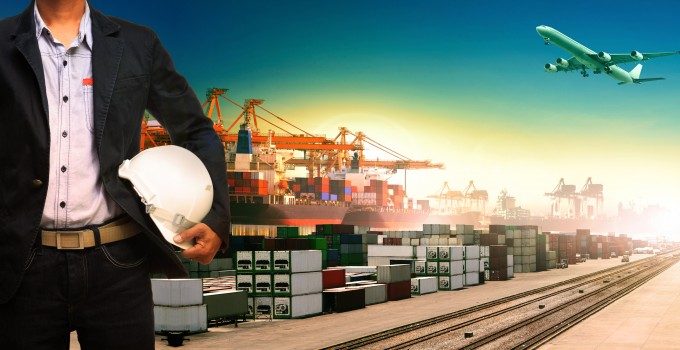xChange 'greybox' platform could save carriers millions in repositioning costs
A new approach is needed to reduce the enormous costs involved in moving empty containers ...

The world’s top 30 container shipping lines are now estimated to be spending a combined $20 billion per year on repositioning empty containers, due to the huge imbalances in global trade flows.
According to a recent report, Maersk alone spends $1 billion per year shipping empty ...
Comment on this article
Martyn Benson
November 30, 2012 at 2:20 amWorking backwards through the article-
No comparison can be brought between airfreight containers and sea containers (totally different environments, sea nodes are far more numerous and airfreight units don’t move off airports in the same way as sea containers move intermodally).
GEM and others failed because of changing member ownerships, which caused the number of boxes to reduce. Ultimately, a major cause of grey box systems failure was the cost of administration and problems in resolving disputes.
Some carriers are more concerned about box branding but this is only of concern if the original box owner misses out on a load carried in their box by a third party carrier. Otherwise, cost savings will speak for themselves.
Leasing companies have no interest in box pooling because it will reduce their markets but also because leasing companies are not involved in day-to-day operations of box fleets. They have nothing to gain by an altruistic box pool (which also did not work as shipper pools in the US more than 30 years ago).
Ultimately, the control of a mixed pool of boxes relies on equipment and cost control, which itself is dependent on efficient IT and reporting. This is where the costs will come from and the savings will only be realised if these costs can be mitigated. It will only work when the containers can be kept within a trade and when there is sufficient volume in the pool to get economies of scale.